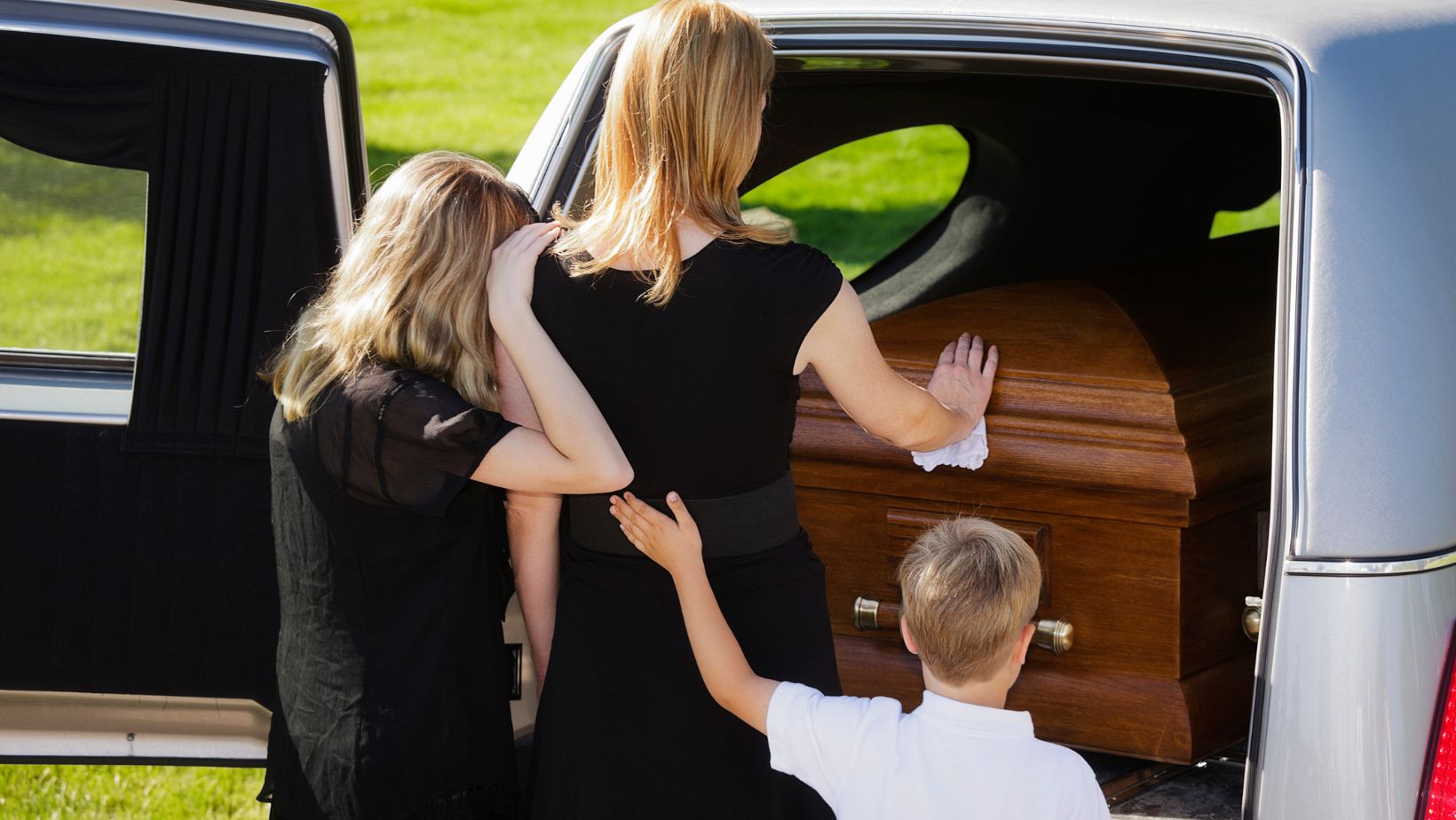Losing a child is a parent’s worst nightmare, a devastating blow that leaves a permanent mark on the fabric of a family. When such a loss occurs due to the negligence or wrongful actions of another party, the pain is compounded by a profound sense of injustice. In these darkest moments, understanding the legal avenues available to seek recourse becomes crucial for grieving families. This article aims to shed light on the legal options and considerations for families navigating the aftermath of a child’s wrongful death.
Understanding Wrongful Death Claims
Wrongful death, as a legal concept, arises when the negligent or intentional actions of another party result in the death of an individual. In the case of children, wrongful death claims often involve accidents, medical malpractice, or instances of neglect. To establish a wrongful death claim, certain key elements must be met, including demonstrating the defendant’s duty of care, breach of that duty, causation, and resulting damages. It’s important to note that laws governing wrongful death claims vary by jurisdiction, adding layers of complexity to an already difficult process.
Common Causes of Wrongful Deaths in Children
Some of the most common causes of negligent deaths in children are as follows.
Accidents
- Motor Vehicle Accidents: According to data from the Centers for Disease Control and Prevention (CDC), motor vehicle accidents are one of the leading causes of accidental deaths among children in the United States. In 2019, motor vehicle crashes accounted for approximately 20% of all unintentional injury deaths among children aged 1-14 years.
- Drowning Incidents: Drowning is a significant concern, particularly for young children. The CDC reports that drowning is the leading cause of accidental death for children aged 1-4 years. In 2018, there were an average of three drownings per day in the United States, with children under the age of five being at the highest risk.
- Accidental Poisoning: Accidental poisoning, often involving medications or household chemicals, is another common cause of child wrongful deaths. According to the American Association of Poison Control Centers (AAPCC), there were over 67,000 reported cases of pediatric poisoning exposures in 2019, resulting in approximately 53 fatalities.
- Falls: Falls are a frequent cause of injury-related deaths among children, particularly among toddlers and young children. The CDC reports that falls are the leading cause of non-fatal injuries for children aged 0-19 years, with over 2.8 million children treated in emergency departments for fall-related injuries each year.

Preventive measures such as proper supervision, safety precautions, and education on childproofing can significantly reduce the risk of these types of accidents.
Medical Malpractice
Medical errors can have devastating consequences for children, leading to wrongful deaths in some cases:
- Misdiagnosis: Misdiagnosis or delayed diagnosis of medical conditions in children can result in serious harm or death. A study published in BMJ Quality & Safety found that diagnostic errors are the leading cause of malpractice claims involving children, accounting for approximately 34% of cases.
- Surgical Complications: Surgical procedures, while often necessary for treating medical conditions, carry inherent risks. Surgical complications such as anesthesia errors, surgical site infections, or organ perforations can lead to fatal outcomes for pediatric patients.
- Medication Errors: Medication errors, including prescribing errors, administration mistakes, or dosage miscalculations, can have lethal consequences for children. According to the Institute for Safe Medication Practices (ISMP), pediatric patients are particularly vulnerable to medication errors due to factors such as weight-based dosing and limited drug formulations.
- Birth Injuries: Birth-related medical malpractice can result in severe injuries or wrongful deaths for newborns. Common birth injuries include oxygen deprivation (hypoxia), fetal distress, or complications from instrumental deliveries such as forceps or vacuum extraction.
Tragically, other child wrongful deaths are the result of abuse or neglect. According to the National Child Abuse and Neglect Data System (NCANDS), approximately 1,840 children died from abuse or neglect in the United States in 2019.
Neglect, defined as the failure to provide adequate care and supervision for a child’s basic needs, can lead to serious injury or death. Children who experience neglect may suffer from malnutrition, untreated medical conditions, or exposure to unsafe living conditions. Preventing child abuse and neglect requires a multifaceted approach, including public awareness campaigns, early intervention programs, and support services for at-risk families.
The Emotional Toll on Parents
The loss of a child is a uniquely agonizing experience, one that defies adequate description. Parents who find themselves grappling with the aftermath of such a tragedy often face overwhelming emotional turmoil. Grief, guilt, anger, and profound sadness are just some of the emotions that can consume them in the wake of their loss. Seeking support from friends, family, support groups, or mental health professionals can be instrumental in coping with the intense emotional upheaval.
Legal Recourse for Families
Navigating the legal landscape in the aftermath of a child’s wrongful death is a daunting prospect for any family. Consulting with an experienced attorney who specializes in wrongful death claims is crucial.

A Denver wrongful death attorney can provide invaluable guidance, advocating for the family’s rights and interests every step of the way. From gathering evidence and negotiating with insurance companies to representing the family in court, an attorney plays a pivotal role in pursuing justice on behalf of the deceased child and their loved ones.
Factors Affecting Wrongful Death Claims Involving Children
Cases involving the wrongful death of a child present unique challenges and considerations. Proving liability and negligence may require specialized expertise, particularly when children are involved. Issues such as child custody, guardianship, and the child’s potential future earnings may also factor into the calculation of damages. Navigating these complexities requires a thorough understanding of both legal principles and the specific circumstances surrounding the child’s death.
Advocating for Change and Prevention
While pursuing legal recourse is essential for families seeking justice, it’s equally important to advocate for change and prevention. Raising awareness about child safety measures, advocating for stricter regulations, and supporting initiatives aimed at preventing similar tragedies can help honor the memory of the child lost and spare other families from enduring similar pain.
The wrongful death of a child is an unimaginable tragedy that no family should ever have to endure. While legal recourse cannot undo the pain or bring back what was lost, it can provide a sense of closure and accountability. By understanding their legal options and seeking support from knowledgeable professionals, families can navigate the complexities of the legal system while focusing on healing and honoring the memory of their beloved child.
Our super author here at Famous Parenting and an absolute wealth of knowledge. She has studied many topics including creative writing, psychology and journalism but her real passion lies in raising her 3 children. Between working from home, homeschooling her youngest 2 children and navigating the world of teenagers she is a guru for parents.





